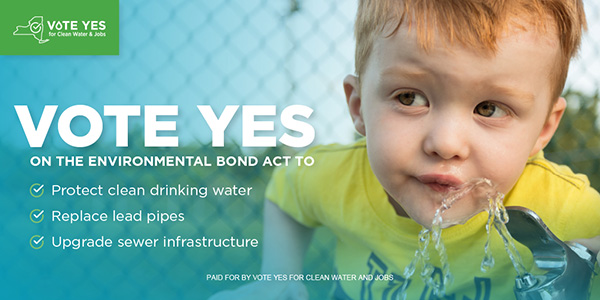Each Wednesday, we bring you an update on one of our program areas. This week: Clean Water. Read other recent updates on our blog: Protected Lands, Ecological Restoration, Legal Actions, and Climate.
Open for Business
A new lab facility in Hamden, CT, expands capabilities for fecal indicator bacteria monitoring
For a couple of years, a perfectly usable space sat empty and unused. “Mothballed,” Chris Sullivan called it.
The initial disuse could be attributed to the early days of COVID, when so many workplaces emptied in a blink. But then the forest service staff who had been using the room retired, and there was no one left to return to work when people started doing that sort of thing.
Recently, though, laboratory equipment – incubators, a tray sealer, a UV light viewing box – started arriving, and work stations were set up around the room. The dormant lab space sprung back to life.
“The space is really functional,” said Chris, executive director of the Southwest Conservation District. “There’s still some final touches I want to complete to get it up and running for volunteers to come in and start using the space.”
Funding for the lab was provided by the U.S. Environmental Protection Agency through Clean Water Act grants administered by the Connecticut Department of Energy and Environmental Protection (DEEP). According to Chris (who worked in DEEP’s water bureau for 11 years), the agency had been looking to set up long-term sustainable projects in an urban watershed, where rivers often suffer from decreased water quality. Chris and the District will run the lab, and several groups will put it to good use, including the Sound School, which will take students into the Mill River estuary and New Haven Harbor to gather samples which will be analyzed in the lab; River Advocates, who will sample several urban streams in the area; and Urban Resource Initiative, whose work is focused on collecting floatable trash at stormwater outfalls.
And, of course, Save the Sound, which partnered with the District on the grant proposal submitted to DEEP. The Hamden lab provides an opportunity to expand our reach and create efficiencies.
“The lab represents a win-win across the board,” said Peter Linderoth, our director of water quality. “Now, water samples collected in central and eastern Connecticut by Save the Sound field teams no longer have to be brought all the way to our lab in Larchmont, NY. We’d like to do something similar with a partner on Long Island in the near future.”
Next Tuesday, Chris and Peter will lead a sampling training in Shepherd Brook, a stream that runs alongside the lab building. The facility will be fully operational soon thereafter.
“The vision is that this becomes a resource of the community,” said Chris. “We’ll work with school groups and volunteer groups and community groups who are concerned with the water quality in their backyards.”
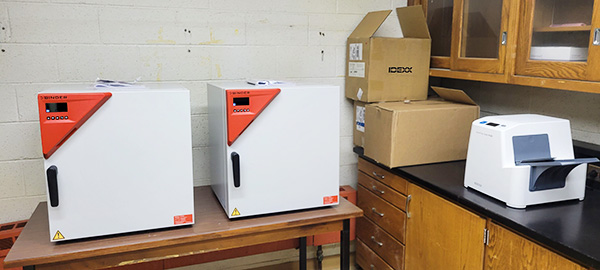
Envisioning a Big Green Apple
Green infrastructure recommendations submitted to NYC
Stormwater runoff pollution is one of the biggest issues facing New York City waters, and flooding and pollution from stormwater hit the most vulnerable neighborhoods hardest. That’s why Save the Sound joined 14 environmental partners in submitting a robust slate of green infrastructure recommendations to NYC mayor Eric Adams and the Mayor’s Office of Climate and Environmental Justice.
“The main goal of these recommendations is to improve water quality by expanding green infrastructure—like rain gardens, bioswales, and permeable pavement—throughout the city on both public and private property, investing in green jobs to maintain these systems, and protecting and restoring existing wetlands and forest ecosystems that naturally provide these water quality benefits,” said Katie Friedman, our New York ecological restoration program manager.
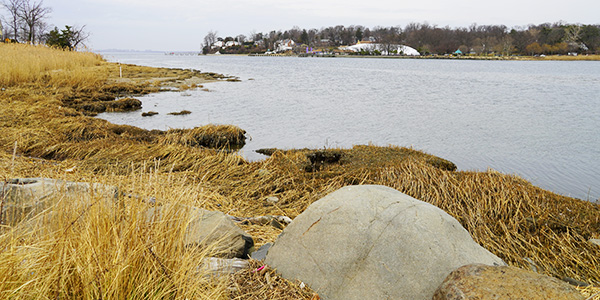
An Alarming Sight
What’s behind all the fish die offs this summer?
We hear all the time from residents concerned by the sight of dead bunker in and around Long Island Sound. The questions asked are usually the same: What killed these fish? Should I be worried?
There are a number of possible factors, the most common of which is hypoxia, which happens when levels of dissolved oxygen in the water drop so low that fish suffocate. We run through these factors and their causes in a recent blog post.
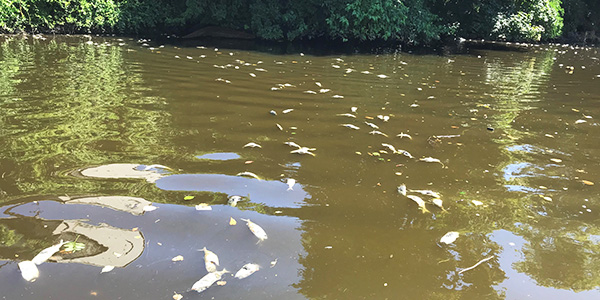
On the Map
Students from Mount Vernon gather data, samples for New York’s WAVE program
When WAVE (Water Assessments by Volunteer Evaluators) releases its new map with 2022 sampling results, there will be a new circle on it. That plotted dot will represent the macroinvertebrate sampling data gathered on a hot July Sunday in a short stretch of the Hutchinson River by young adults from the Boys & Girls Club of Mount Vernon. Read about their experiences as community scientists in our recent blog post.
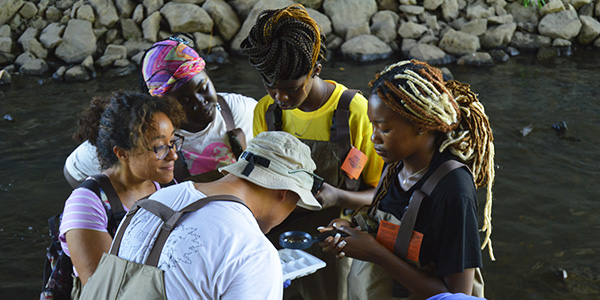
Watershed Academy to Spotlight SHE
Peter Linderoth to present on national webcast platform
Registration is now open for EPA’s Watershed Academy webinar, “Turning Water Data into Public Information,” which will take place on Tuesday, September 6. This webcast will present examples of communities, states, and regions turning discrete water quality data into live public information. Peter Linderoth, our director of water quality, will be one of the featured speakers and will discuss our Sound Health Explorer tool.
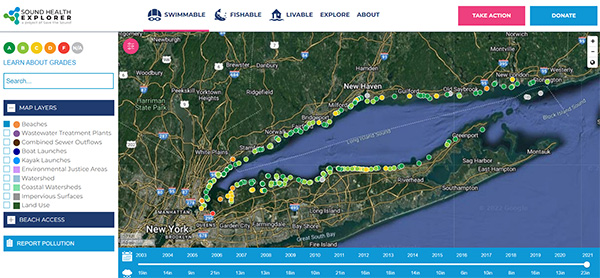
A Great Catch
Big thanks to our Soundkeeper intern at the end of her summer tour
When the summer began, Jeanette Ahuatl had never been on a boat before. Now, she can drive one!
Jeanette was our Soundkeeper Intern, having earned the Melissa Schlag Internship for Justice and the Environment. She spent the summer as first mate on both the Terry Backer II and III, helped with fecal indicator bacteria sampling and following up on pollution reports, and even kept watch for bubbles on the surface while our team of divers was harvesting eelgrass seed pods underwater.
“Jeanette was a huge asset for our Soundkeeper team,” said Soundkeeper Associate Emma DeLoughry. “She’s a quick learner and a hard worker, and we were honored to have her. We wish her luck in all her future endeavors.”
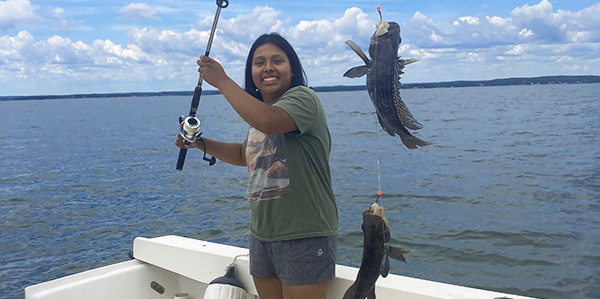
Clean Drinking Water is on the Ballot in New York
Introducing the Environmental Bond Act
New Yorkers will head to the polls in November and cast their votes in favor of clean water, clean air, and green jobs. After Labor Day, we’ll be sharing more details about the Bond Act, which would invest $4.2 billion into New York’s environmental infrastructure to safeguard clean drinking water, improve Long Island Sound waters, and improve the lives of people across the state. Stay tuned!
